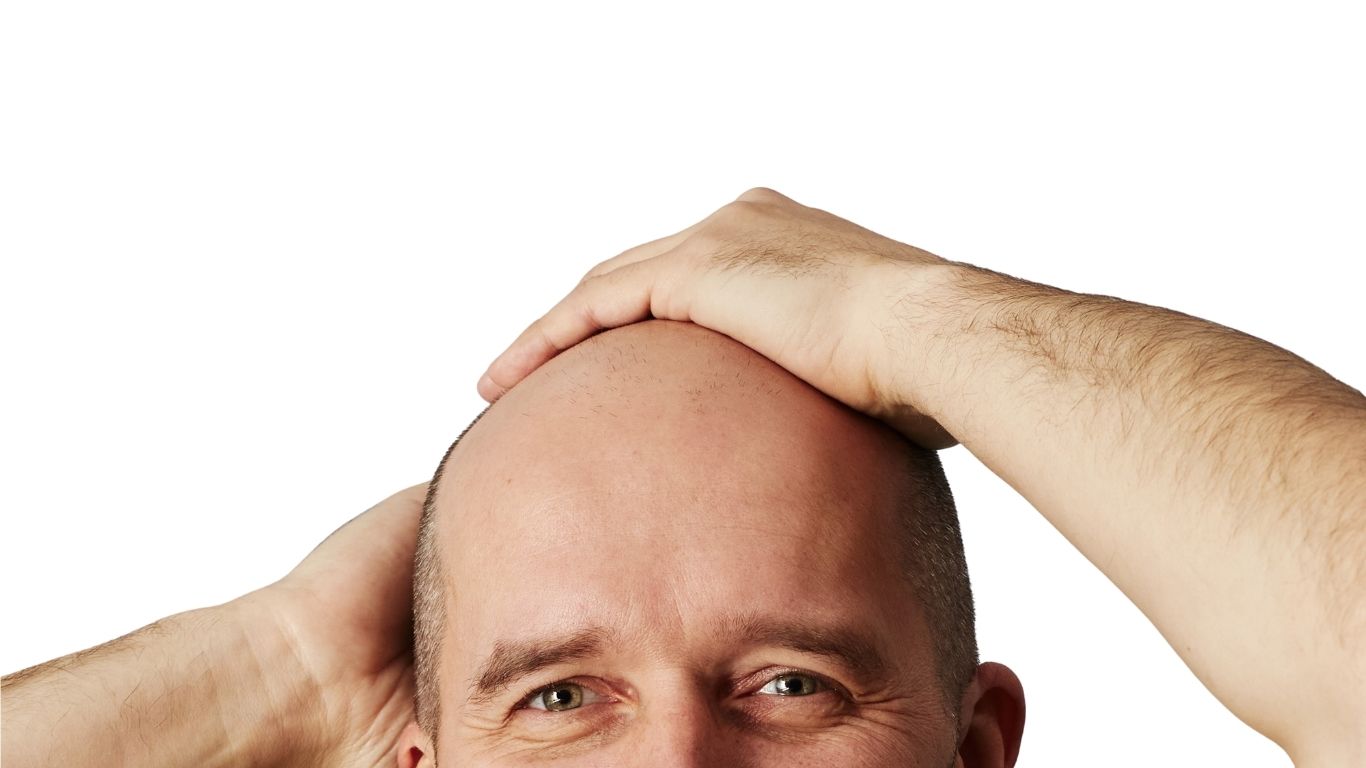Being bald is not rare. Millions of men around the world will face hair loss at some point in their lives. But if you look beyond your immediate surroundings, you’ll notice striking differences: Caucasian (white) men have a significantly higher risk of baldness compared to men of African, Asian, or Latin American descent.
In this blog, we explore not just the numbers, but also the biological, genetic, and cultural causes behind these differences. We’ll cover:
-
Global statistics on male baldness
-
Why Caucasian men go bald more often
-
The role of genetics, hormones, and hair structure
-
Cultural differences in the perception and grooming of baldness
-
And how bald men—wherever they’re from—can own their look with pride
The Numbers: Where Are Men Most Likely to Go Bald?
International studies show that the highest percentages of balding men are found in:
-
Czech Republic – up to 45% of men are (partially) bald
-
Spain – around 43%
-
Germany – approximately 41%
-
France and the UK – between 39–40%
- Italy & Netherlands - around 38%
- USA & Canada (mostly white men) – around 36-37%
For comparison:
-
Japan & South Korea – around 20–25%
-
China – 19%
-
India – 22–25%
-
Sub-Saharan Africa – around or below 20%, depending on the region
The trend is clear: men of European descent are significantly more likely to experience baldness, and at an earlier age, than men from other regions of the world.
Why Are Caucasian Men More Likely to Go Bald?
The differences in baldness between ethnic groups are no coincidence. They are primarily linked to genetics, hormones, and hair biology.
1. Genetic Sensitivity to DHT
The most common form of hair loss is androgenetic alopecia, better known as hereditary male pattern baldness. It is caused by the hormone DHT (dihydrotestosterone), a derivative of testosterone. In individuals with sensitive hair follicles, DHT causes the hair to thin and eventually stop growing altogether.
Caucasian men are more likely to carry genetic variants that make them more sensitive to DHT. One key factor is the AR gene (Androgen Receptor): certain variants lead to stronger DHT binding, which accelerates hair loss.
Did you know? The genetic predisposition for baldness is inherited partly from your mother (through the X chromosome), but your father’s side also plays a role.
2. Hair Structure and Growth Cycle
-
Caucasian hair: Varies in thickness and texture, but is more sensitive to hormonal changes. It also has a shorter growth phase and a higher likelihood of follicle miniaturization.
-
Asian hair: Thicker and straighter, with a longer growth phase (anagen phase), and is generally less sensitive to DHT.
-
Afro-textured hair: More tightly curled and slower-growing, but genetically less prone to androgenetic alopecia — though more susceptible to other types like traction alopecia.
Cultural Perceptions of Baldness: Shame or Style?
How baldness is perceived varies greatly across regions and cultures.
Western Europe & the USA
Baldness is increasingly seen as a style statement. Think of actors, athletes, and CEOs proudly rocking the bald look.
The “bald with beard” style is especially popular: a shaved head paired with a well-groomed beard.
The grooming industry has embraced this trend with specialized products for bald men.
Asia
Baldness is often less socially accepted, with a strong cultural preference for a full head of hair.
Widespread use of hair growth products, thickening shampoos, and hair transplants.
Looking youthful is highly valued in many East Asian cultures.
Africa
Baldness is rarely a concern: buzz cuts and shaved heads are mainstream.
Often a practical choice due to climate and hygiene.
Traditional grooming using natural oils like shea butter or coconut oil is common.
Middle East
The full bald look is often combined with a well-maintained beard.
Religion and cultural norms influence hair choices.
Beard grooming is sometimes even more important than scalp care.
Grooming: How Men Care for a Bald Head Around the World
Whatever your background, one thing is universal: a bald head needs proper care. Popular rituals include:
-
Cleansing
Daily washing with a gentle shampoo or scalp wash to remove oil and dirt. -
Exfoliating
Scrubbing once or twice a week to remove dead skin cells. -
Moisturizing
Lightweight, non-greasy creams or gels with aloe vera, niacinamide, or zinc. Matte finishes are especially popular. -
Protecting
A high-SPF sunscreen is essential. The scalp is very vulnerable to sunburn. -
Barbershop Treatments
In many cities, barbershops specialize in head shave treatments — including hot towels, straight razor shaves, scalp massages, and soothing aftershave balms.
Conclusion: Bald Is Universal — But Never the Same
While baldness is a global phenomenon, the causes and cultural meanings vary widely. Caucasian men lead the stats, largely due to genetic sensitivity to DHT. But how baldness is experienced — whether as style, or spirituality — differs immensely.
What’s consistent worldwide? A well-cared-for bald head signals strength, confidence, and style. No hair needed to stand out — just a healthy scalp and polished presence.

0 comments